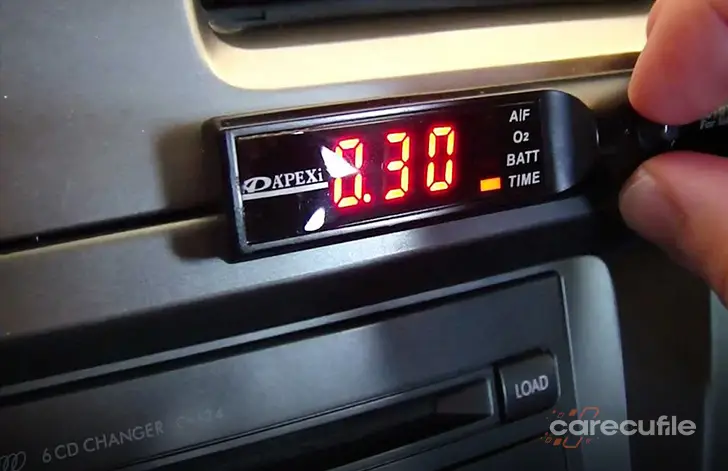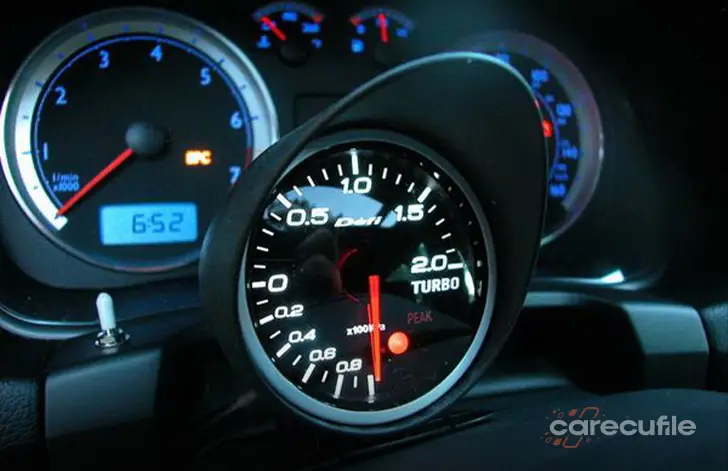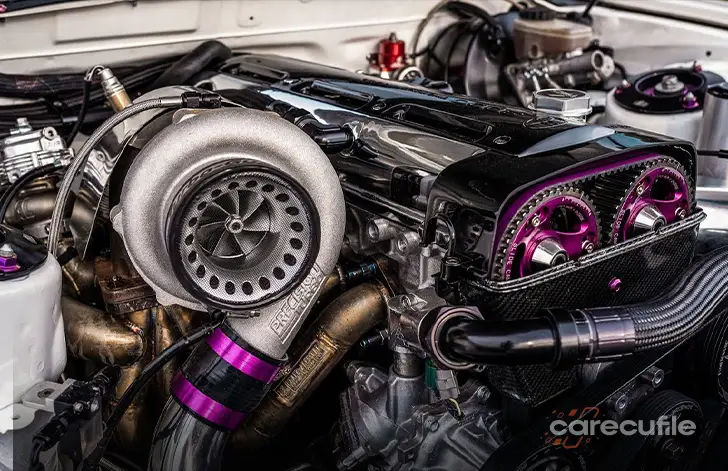Car Inspection Procedures
Car Inspection
Vehicles used in the commercial direction must be inspected once a year, passenger vehicles must be inspected every two years. We must have our vehicles inspected at times when absolutely necessary. Otherwise, passing the examination period may result in legal action.
Tests performed during the examination:
-Lighting system: If the headlights of your car are not lit at a sufficient level and at a sufficient level, it will appear problematic.
-License plate check: It is necessary that the license plate of your vehicle is clearly legible. Operations that may interfere with reading the license plate (applying gloss, changing the paint color, etc.), even if there is a sealed hologram on it, this qualifies as a severe defect.
-Windshield: The wipers must work properly in your vehicle, and there should not be any elements or films on the windshield of the vehicle that will affect vision.
-Seat belt: Your seat belts must be strong enough to perform their protective function.
-Tires: It is possible to pass a tire test if the tires of your car are not punctured, torn or flat.
-Exhaust emission test: It is necessary to conduct an exhaust emission test at the inspection site or at another exhaust operator, and you must have your document with you.
In addition, if LPG, CNG and LNG are present on your vehicle during the vehicle inspection, they must be registered in the license.
What you need to have in your car:
-Insurance policy
-ID
-Traffic registration certificate
-Car license
-Exhaust emission washer
-Ek-1 form. A valid document showing the additional installations and technical characteristics of these systems of CNG, LNG and LPG vehicles that have been made to the vehicle.
These documents must be with you before you undergo the examination.
















